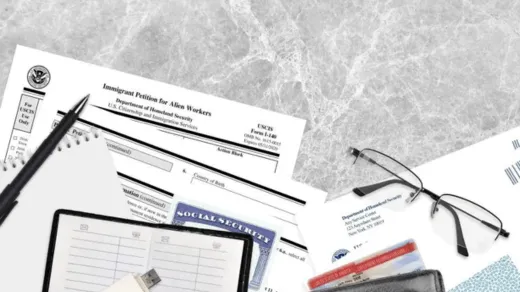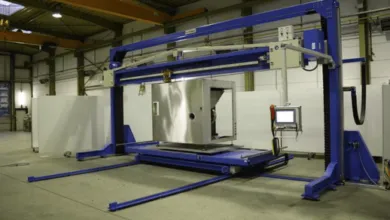EB-2 Visa Demystified: Applying for Employment-Based Green Cards

TheEB-2visa is a type of employment-based immigrant visa category in the United States. It is designed for individuals who possess advanced degrees or exceptional abilities in their respective fields and wish to become lawful permanent residents (green card holders) in the United States. There are three primary subcategories of the EB-2 visa:
- EB-2A: This category is for individuals with advanced degrees. To qualify, you must have a master’s degree or higher, or a foreign equivalent, in your field of expertise. You must also have a job offer from a U.S. employer and demonstrate that your employment in the United States is in the national interest.
- EB-2B: This category is for professionals with exceptional ability in their field, which may include the sciences, arts, business, or athletics. To qualify, you must provide extensive documentation to prove your exceptional ability and demonstrate your potential to significantly benefit the United States. A job offer is usually required, although a labor certification may be waived in certain cases.
- EB-2C: National Interest Waiver (NIW): This subcategory allows certain individuals to seek a waiver of the job offer and labor certification requirements, making it easier for them to qualify for the EB-2 visa. To be eligible for a national interest waiver, you must demonstrate that your work is of substantial benefit to the United States and is in the national interest.
The EB-2 visa is typically a two-step process. First, you must have an employer or potential employer file a petition on your behalf with the U.S. Citizenship and Immigration Services (USCIS). If you are in the EB-2C category, you may file the petition yourself. Once the petition is approved, you can then apply for an immigrant visa through consular processing if you are outside the United States or adjust your status to that of a permanent resident if you are already in the U.S.
It’s important to note that the EB-2 visa category is subject to annual numerical limits, and the demand for these visas can sometimes exceed the available slots, leading to waiting periods for some applicants. The specific requirements and procedures for the EB-2 visa may change over time, so it’s advisable to consult the USCIS website or an immigration attorney for the most up-to-date information and guidance.
How to apply for an EB-2 visa?
Applying for an EB-2 visa is a multi-step process, and it typically involves your employer filing a petition on your behalf. Here are the general steps to apply for an EB-2 visa:
- Employer Sponsorship or Self-Petition (EB-2A and EB-2B):
- If you are in the EB-2A category (advanced degree holder), you will need a U.S. employer to sponsor you by filing a Form I-140, Immigrant Petition for Alien Worker, with U.S. Citizenship and Immigration Services (USCIS). The employer will need to provide evidence of the job offer and your qualifications.
- If you are in the EB-2B category (exceptional ability), you can either have an employer file theI-140petition on your behalf or, in some cases, file it yourself (self-petition). If you self-petition, you will need to provide extensive evidence of your exceptional ability and show how your work will benefit the United States.
- Labor Certification (PERM): In many cases, the employer will need to obtain a labor certification from the U.S. Department of Labor (DOL) before filing the I-140 petition. This process involves demonstrating that there are no qualified U.S. workers available for the job and that hiring a foreign worker is necessary.
- National Interest Waiver (EB-2C): If you are seeking a national interest waiver (NIW), you can file the I-140 petition yourself. You will need to demonstrate that your work is of substantial benefit to the United States and is in the national interest. You can request the waiver as part of your I-140 petition.
- I-140 Petition Submission: Once the required documentation and forms are prepared, your employer or you (in the case of a self-petition) will submit the I-140 petition to USCIS. You will be required to pay the appropriate filing fees.
- Wait for USCIS Decision: After filing, you will need to wait for USCIS to process your I-140 petition. USCIS will review your application and make a decision.
- Consular Processing or Adjustment of Status: Once your I-140 petition is approved, the specific process for obtaining your EB-2 visa depends on your location and immigration status:
- If you are outside the United States, you will go through consular processing at the U.S. embassy or consulate in your home country.
- If you are already in the United States in a legal status, you may be able to adjust your status to that of a permanent resident (green card holder) by filing Form I-485, Application to Register Permanent Residence or Adjust Status.
It’s important to note that the EB-2 visa category is subject to numerical limits, and there may be waiting periods, particularly for individuals from countries with high demand. The specific requirements and procedures may change over time, so it’s advisable to consult the USCIS website and consider working with an experienced immigration attorney to ensure a smooth application process. Additionally, each case is unique, so the documentation and evidence required will vary based on your specific circumstances.





